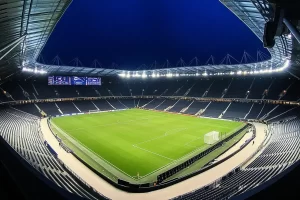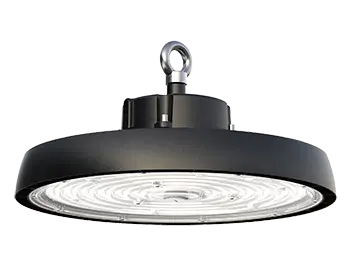When illuminating sports fields, color temperature is a pivotal consideration. The right choice can enhance visibility, improve player performance, and create an engaging environment for fans. This article delves into the nuances of color temperature, its impact on sports, and how to make an informed decision tailored to your specific needs.
What is Color Temperature?
Color temperature, measured in Kelvin (K), describes the hue of the light emitted by a source:
- Warm White (2700K-3000K): Offers a soft, yellow glow, commonly used in homes.
- Neutral White (3500K-4100K): Balances warm and cool tones, providing a natural ambiance.
- Cool White (5000K-6500K): Delivers a bluish light that closely resembles daylight, enhancing visibility.
Why Color Temperature Matters in Sports
- Enhanced Visibility: Cooler temperatures (5000K-6500K) significantly improve visibility on the field, allowing players to better track the ball and each other.
- Performance Improvement: Research indicates that cooler light can reduce eye strain and enhance focus, enabling athletes to perform at their best.
- Safety Considerations: Adequate lighting minimizes shadows, reducing the risk of injuries during play. A consistent color temperature ensures that all areas of the field are illuminated effectively.
- Atmospheric Impact: The right lighting contributes to an engaging and vibrant atmosphere, enhancing the overall experience for players and spectators.
Key Factors in Choosing Color Temperature
- Sport Type: Different sports have varying visibility needs. For example, soccer and basketball benefit from cooler temperatures (5000K-6500K) to ensure optimal ball visibility.
- Time of Day: For evening events, brighter, cooler lights are essential to compensate for the absence of daylight. Conversely, daytime events might accommodate warmer temperatures.
- Field Material: The surface color and texture can affect light reflection. Darker surfaces may require higher brightness and cooler temperatures for clarity.
- Geographical Context: Locations with more natural sunlight may be suited to neutral temperatures, while areas with less light might need cooler lighting for better visibility.
- Compliance with Standards: Always consider regulations set by governing bodies for specific sports, which may dictate lux levels and color temperatures to ensure fairness and safety.
Suggested Color Temperatures
- Soccer/Football Fields: Opt for 5000K-6000K to replicate daylight and improve visibility.
- Baseball Fields: A range of 5000K-6500K is ideal for nighttime play, enhancing ball tracking against a dark background.
- Tennis Courts: Consider 4000K-5000K, striking a balance between clarity and comfort.
- Indoor Facilities: A color temperature of 4000K-5000K provides adequate visibility while maintaining a welcoming environment.
Conclusion
Selecting the appropriate color temperature for sports fields is essential for optimizing performance, safety, and the overall experience. By evaluating factors such as sport type, time of play, and field characteristics, you can choose the best lighting solution that meets the unique requirements of your facility. Quality lighting not only enhances play but also fosters a vibrant community around sports.














